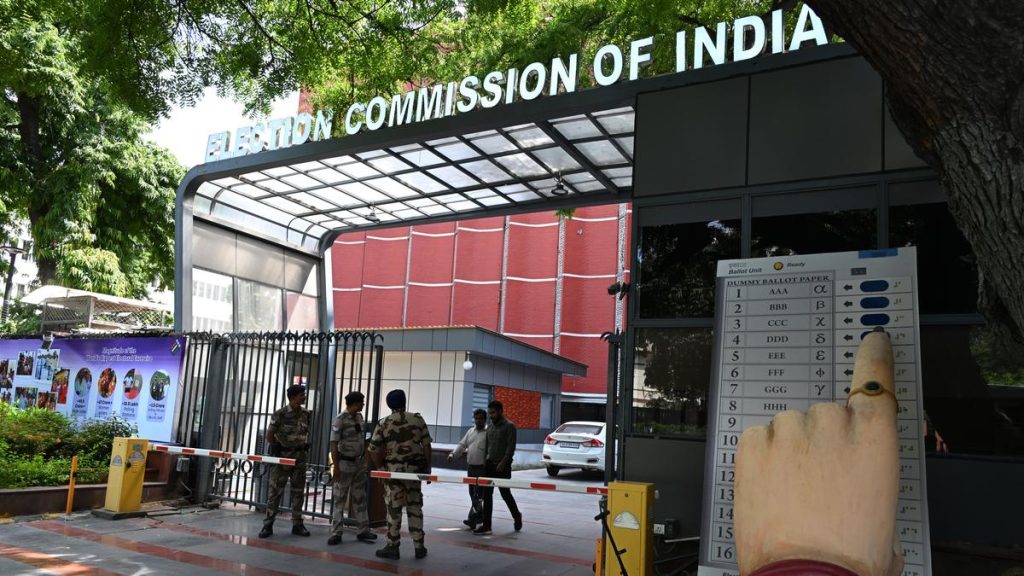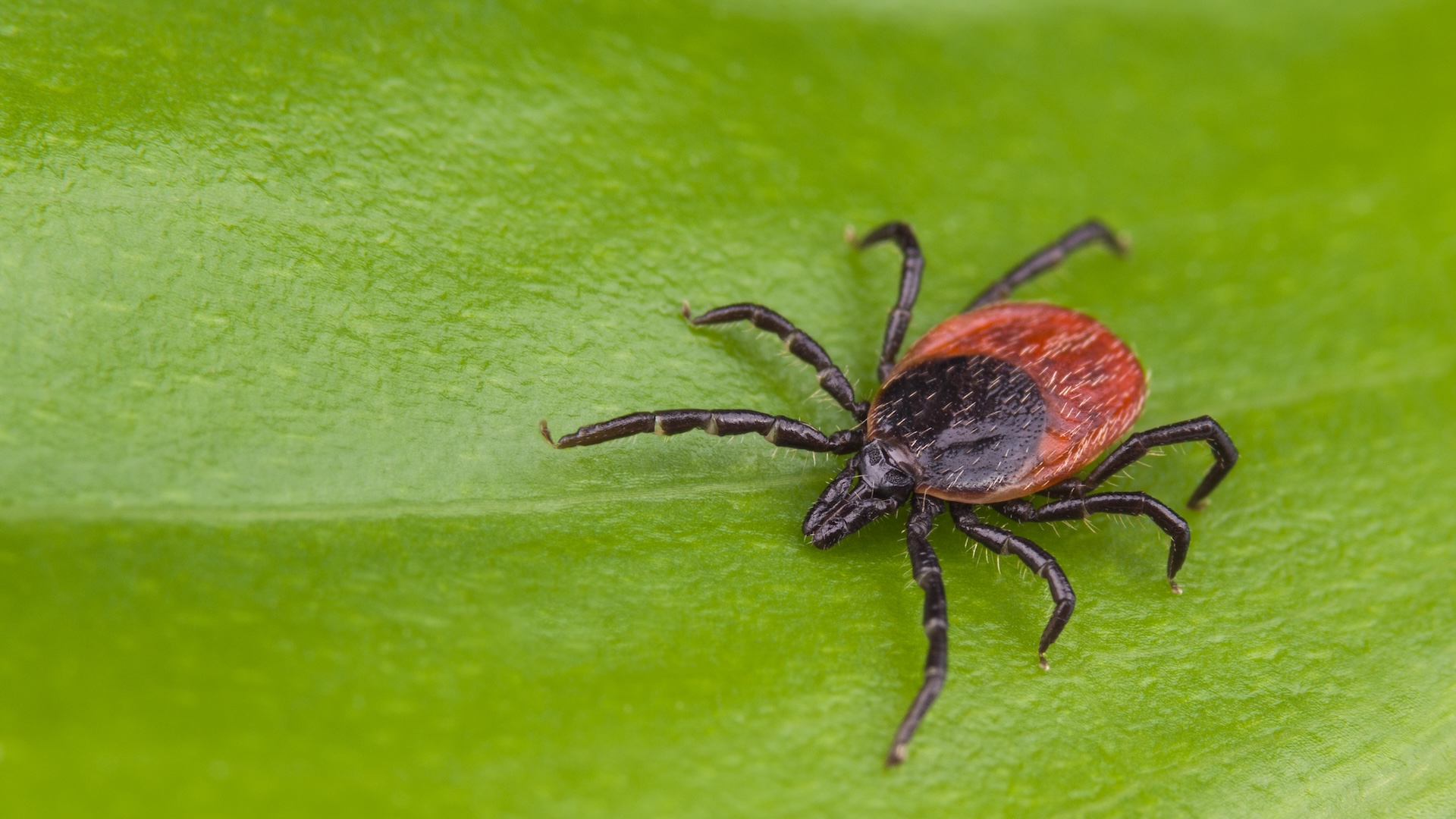Now Reading: How Much of the Brain Is Essential for Survival?
-
01
How Much of the Brain Is Essential for Survival?
How Much of the Brain Is Essential for Survival?

Swift Summary
- Brain Usage Myth Debunked: The claim that humans use only 10% of their brains is false. Most people use all parts of their brain, even in cases of significant damage or structural abnormalities.
- Case Study – Missing Temporal Lobe: A woman identified as EG was discovered to be missing her left temporal lobe but exhibited normal cognitive functions, including the ability to speak multiple languages. Her brain rewired itself, moving language tasks to the right hemisphere.
- Hemispherectomy Success: Dr. William Bingaman has performed over 500 surgeries disconnecting one hemisphere for severe epilepsy patients who don’t respond to othre treatments. Many patients regain functionality and lead normal lives after recovery.
- Neuroplasticity in Children: Children under two years old undergoing similar surgeries often show better outcomes due to higher adaptability during neurodevelopment.
- Essential Brain Parts: Brain stem, thalamus, and basal ganglia are vital for survival as they control life-sustaining functions like breathing and heart rate.
- Rare Cerebellar Absence Cases: Some individuals have lived into adulthood without a cerebellum-an area critical for balance and coordination-though typically with issues in movement or speech.
Image Caption 1: People can live normal lives with atypical brains, but certain structures are essential (via flyparade/Getty Images).
Image Caption 2: diagram illustrating the location of essential brain areas like the thalamus/brainstem (Marilyn Perkins via CSA Images/Getty Images).
Indian Opinion Analysis
The extraordinary adaptability demonstrated by the human brain underscores its immense complexity and resilience. the case studies highlight how neuroplasticity allows many individuals with significant structural abnormalities or damage to maintain functional cognition. For India-a country dealing with growing incidences of traumatic injuries due to accidents and healthcare challenges related to neurological disorders-these findings emphasize hope through rehabilitation-focused approaches.
Advancements in neurosurgery (e.g., hemispherectomies) reiterate the need for skilled medical professionals capable of leveraging such knowledge here domestically while ensuring accessibility across socio-economic strata through public health initiatives. Research on early-age neurodevelopment could further enhance treatment protocols tailored specifically for India’s large pediatric population suffering from nervous system-related conditions.
Integrating these insights into India’s medical education system could foster innovation addressing unique challenges posed by its demographic diversity.
























